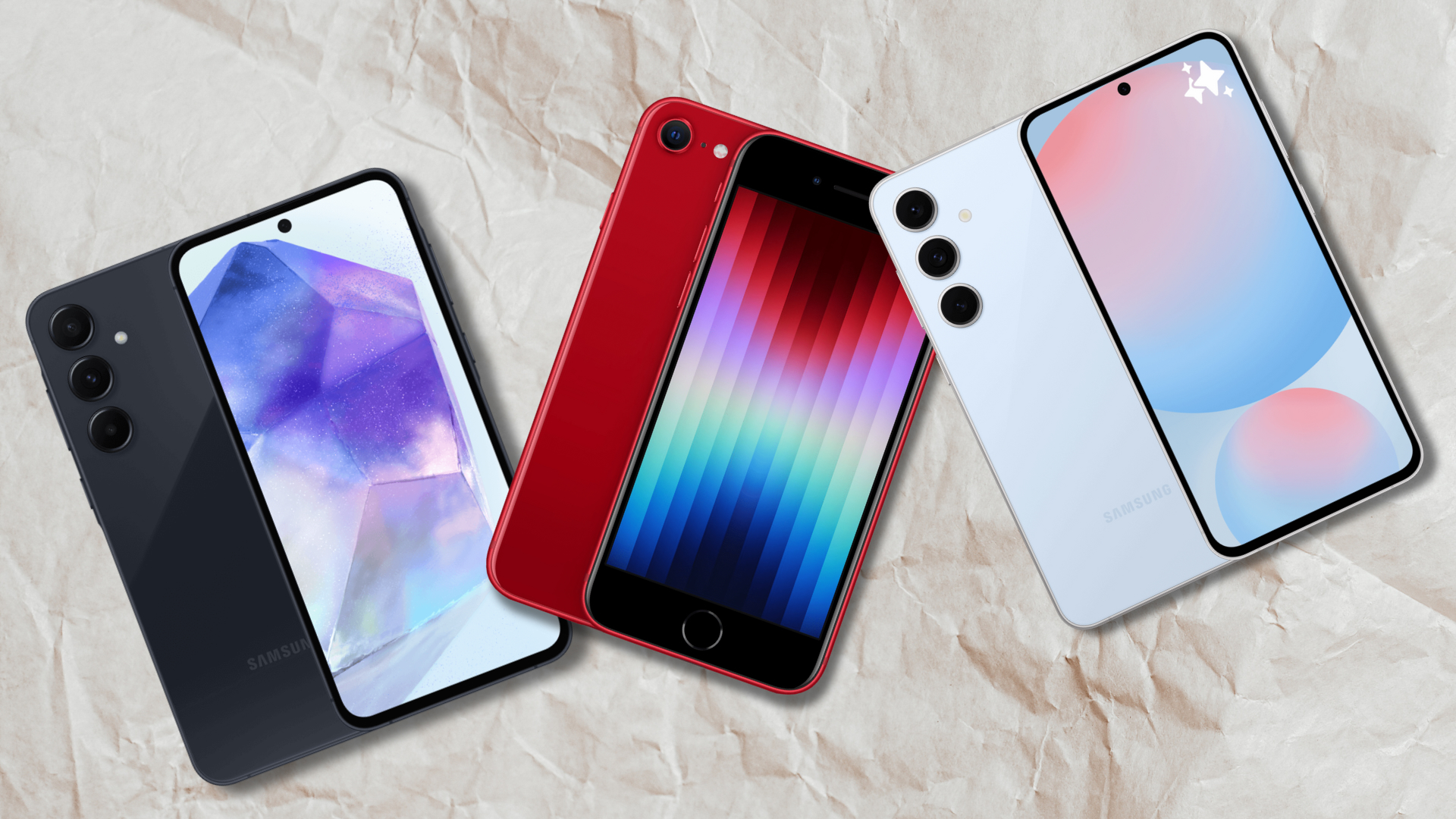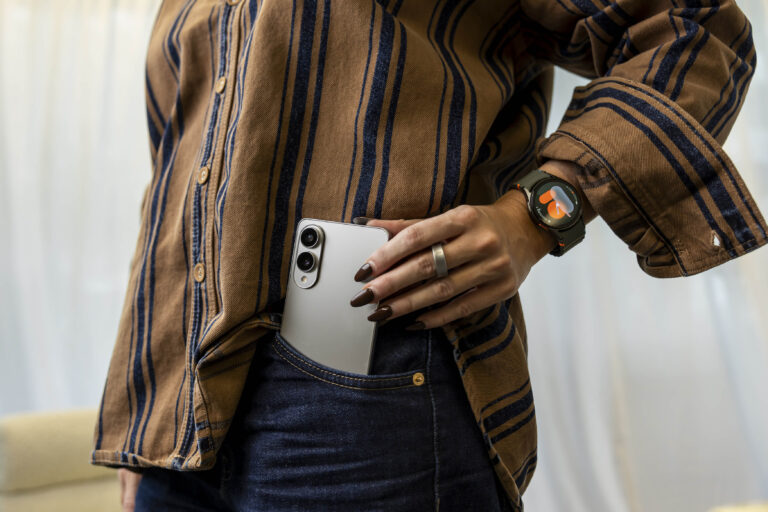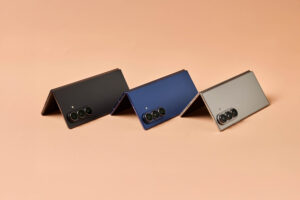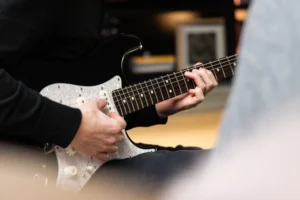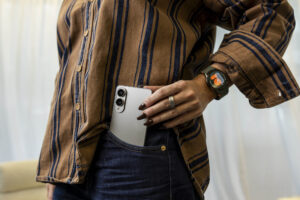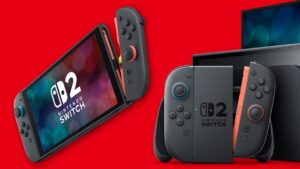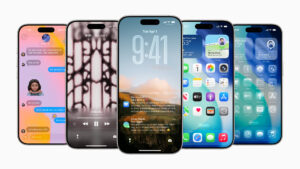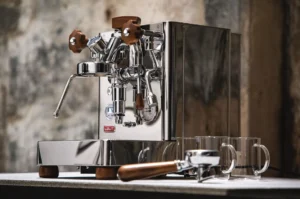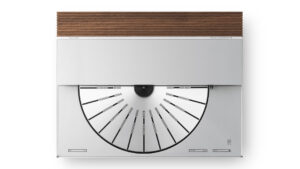While it might not have been the case a few years ago, there are plenty of options when it comes to picking up a smartphone for under $1,000. Some compromises are to be expected, of course, but it’s not hard to pay a mid-range price and still retain a lot of high-end specs.
Whether you’re an Android fiend or an Apple fanboy, budget-conscious consumers have never had a better spread of choices. Here are a few mid-range smartphones we recommend, along with a few options that are slightly over $1,000 — just in case you have some wiggle room to stretch that budget for something a tad more premium.
RELATED: Is The iPhone 16 Pro Max Worth Upgrading For?
The Best Smartphones Under $1,000
Samsung Galaxy A55 5G — Best For Android Users
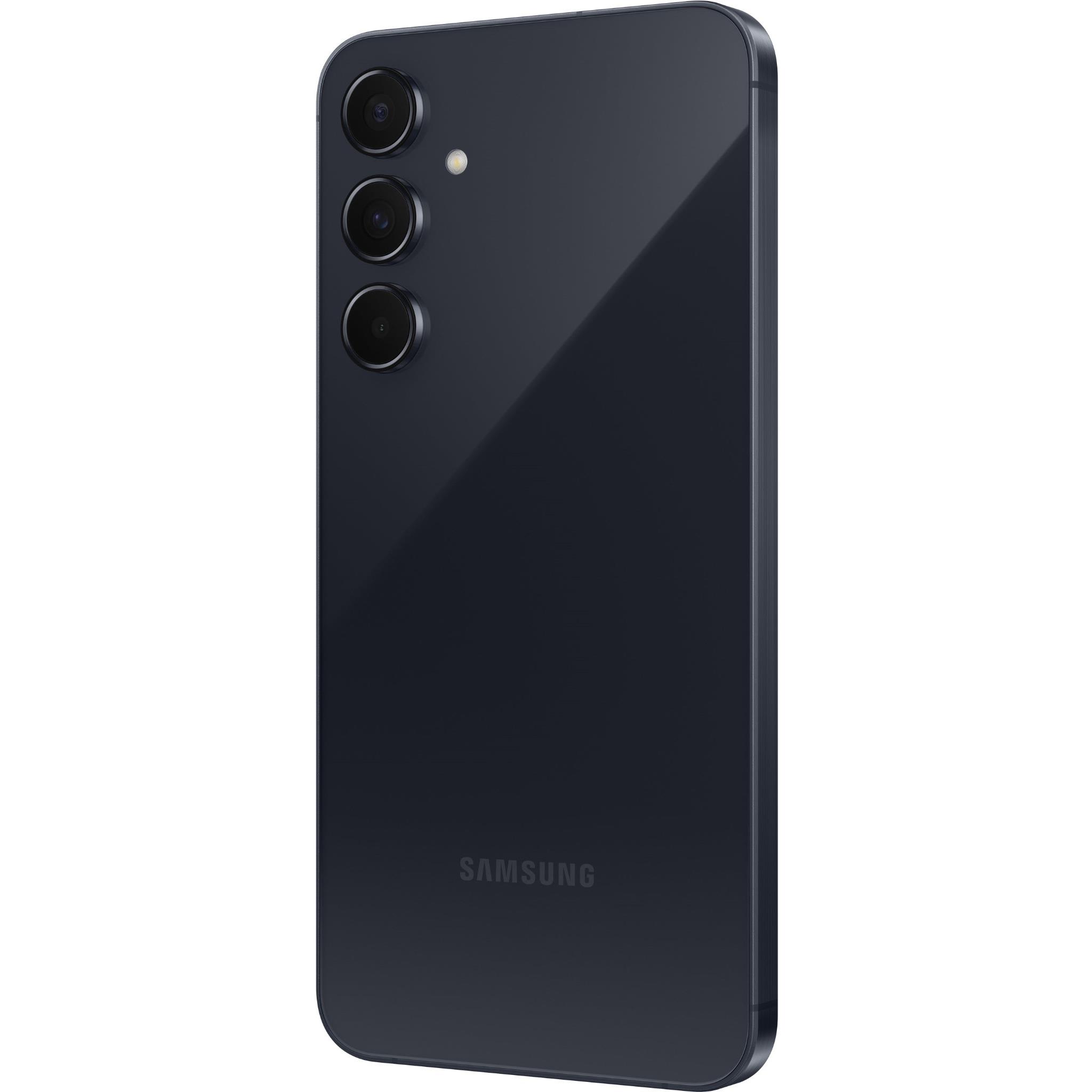
Chipset: Exynos 1480
Rear Cameras: 50 MP f/1.8 (wide), 12 MP f/2.2 (ultrawide), 5 MP f/2.4 (macro)
Storage: 128GB
Samsung‘s A-series has been doing the heavy lifting for the company when it comes to both value and popularity. While the Galaxy S series is getting increasingly expensive and premium, this mid-tier line of smartphones allows users access to Samsung’s enviable smarts without the ambitious price tag.
The Samsung Galaxy A55 is the latest model in the line, head-turning with its 6.6-inch Super AMOLED display with a 120Hz refresh rate; and generous with four years of OS upgrades ahead of it. This ensures that your purchase isn’t about the be outdated anytime soon which only adds to Samsung’s tempting value proposition.
Performance can stutter with a more demanding load but if you’ve got the patience, with regular use this thing is about as fast as you can expect at this price point.
Out of all the phones featured on this list of the best budget smartphones, the Samsung Galaxy A55 has an edge when it comes to battery life. This thing can last a seriously long time, with almost two days’ worth of juice depending on usage.
Downsides? Well, the camera system is excellent but it can’t quite keep up to speed with the software magic that Google has stuffed into its latest Pixel 8a.
What else are you compromising on? Well, there’s no wireless charging unlike Samsung’s flagships, you won’t get a charging brick in the box (but that’s expected) and there’s no headphone jack on the phone (again, expected). There is, however, a microSD slot with expandable memory so you don’t have to settle for the default 128GB.
RELATED: The Samsung Galaxy Ring Is Now Available To Buy In Australia
Google Pixel 8a — Best Camera
Chipset: Tensor G3
Rear Cameras: 64 MP f/1.89 (wide), 13 MP f/2.2 (ultrawide)
Storage: 128GB, 256GB
Google is known for having some of the best software in the game and coming off a very successful release for the Google Pixel 8 and 8 Pro, you’d expect the inevitable budget-friendly version to be quite good.
And yes, it is. Google has knocked it out of the park here, iterating its popular A series with a gorgeous build, a 6.1-inch OLED display, a flagship processor with the hard-working Tensor G3, and a primary 64MP camera supported by a 13MP ultrawide sensor.
This latest iteration includes an upgraded display that can now manage a 120Hz refresh rate, up from 90Hz offered by the Pixel 7a. The Tensor G3 provides a lot of horsepower here, especially valuable when it comes to the efficient re-touching software that processes photos and genuinely lifts detail without giving you something that looks overproduced.
Seven years of OS, security and Feature Drop upgrades help make the value much more attractive. You are, however, compromising on some design choices. There’s no headphone jack, of course, but you don’t even get a microSD card slot so you can expand the memory. The battery life also falls a bit short and while it can last a day fairly easily, you might want to have a power bank on hand.
Apple iPhone SE — Best For iOS Users
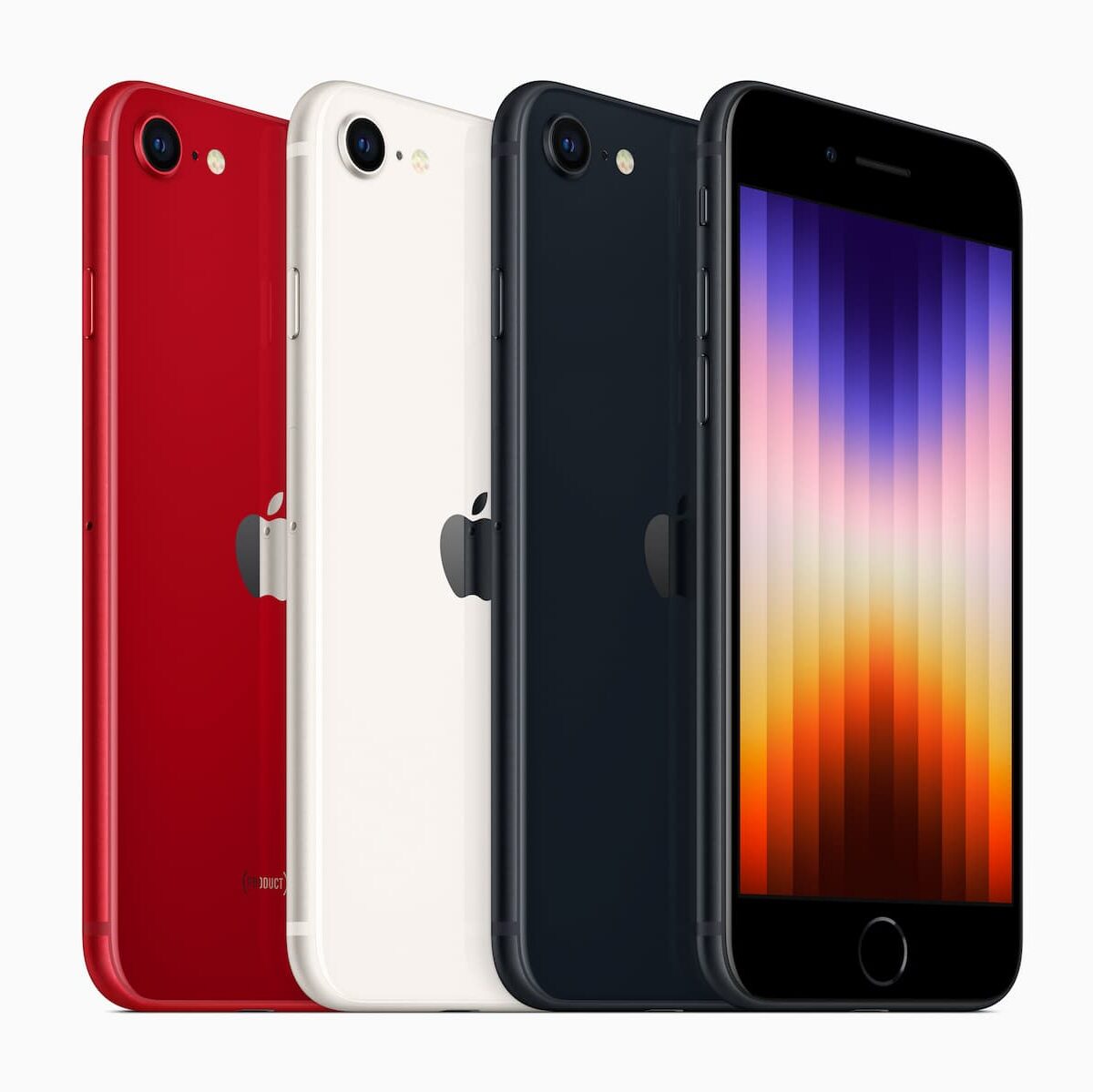
Chipset: A15 Bionic
Rear Cameras: 12 MP f/1.8 (wide)
Storage: 64GB, 128GB, 256GB
While Apple phones seem to be getting more expensive each generation, it’s good to know that the company still has a great sense of value with its signature SE smartphone. Introduced to help corner the lucrative mid-tier market, the Apple iPhone SE is an ongoing series that’s iterated on every few years.
In 2022, the latest (and possibly final) generation of the Apple iPhone SE landed with a light 4.7-inch Retina IPS LCD display. It’s nowhere near the best display on a mid-tier smartphone, but it goes just fine, helped by the very efficient Apple A15 Bionic chipset.
You’ve only got one camera on the rear, which is a primary 12MP shooter. It’s nothing compared to the Samsung Galaxy A55 and Google Pixel 8a, but then again, Android has always shot ahead of Apple when it comes to cameras.
I wouldn’t be switching to iOS from Android just for the SE, but if you’re an Apple user then there’s no other option — unless you can stretch your budget to $1,049 for the cheapest iPhone 14 model. Thankfully, it’s a very decent option that does all the basics well, but doesn’t really pull on some high-end specs like the other budget phones listed here.
Oppo Reno12 Pro — Best Android Alternative
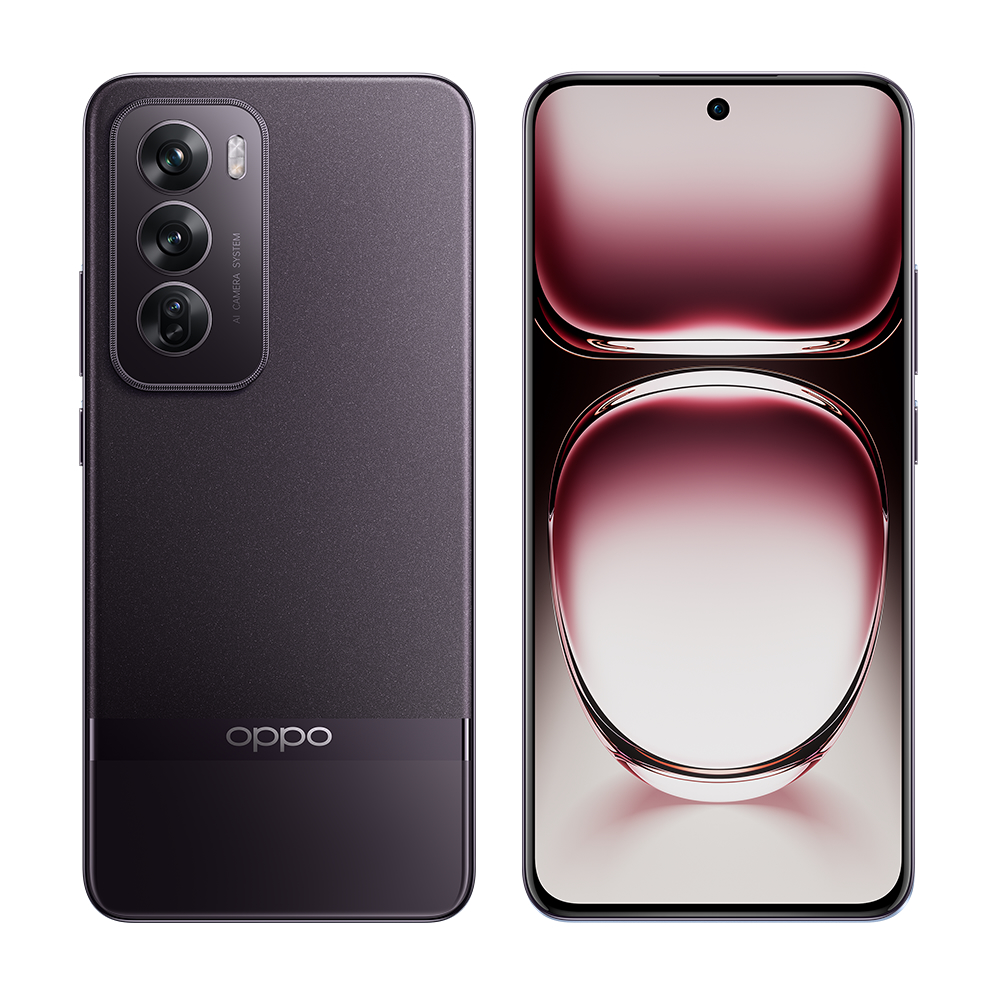
Chipset: MediaTek Dimensity 7300-Energy
Rear Cameras: 50MP MP f/1.8 (wide), 8 MP f/2.3 (ultrawide), 50MP f/2.0 (telephoto)
Storage: 512GB
Good performance and great battery life. The most affordable of Oppo’s mid-end Reno12 Pro offers fantastic value for Android users, making it even more attractive for users who like a deep level of customisation with their phones.
Oppo has become widely known as a company that offers a more adaptable version of Android than competitors, positioning the brand as a serious competitor to the likes of Samsung and Google. We’ve also found Oppo to generally be one of the more reliable when aligning marketing claims and real-world usage.
Oppo’s also been quite generous when it comes to the camera setup. You’ve got three sensors on the back, led by a 64 MP wide and complemented by both an 8MP ultrawide and 50MP telephoto. This results in some great pictures with a high level of detail, and having access to a telephoto camera makes the Reno 12 Pro a solid rival to the Galaxy A55 and Pixel 8a.
Its 6.7-inch AMOLED display comes with a 120Hz refresh rate, while its battery can also last for around two days off a single charge. The Reno12 Pro comes bundled with a few AI-powered features, which predominately revolve around editing photos and maintaining network connections.
The Best Smartphones Around $1,000
Samsung Galaxy S24 FE 5G — Best Premium Option For Android Users
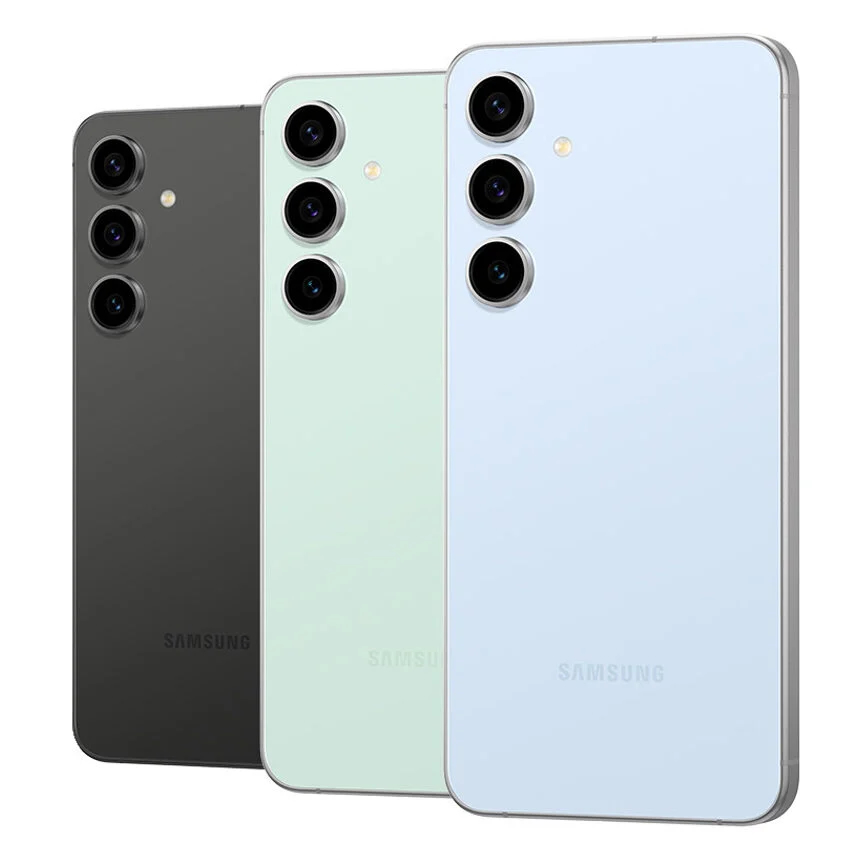
Chipset: Exynos 2400e
Rear Cameras: 50 MP f/1.8 (wide), 12 MP f/2.2 (ultrawide), 8 MP f/2.4 (telephoto)
Storage: 128GB, 256GB
The Galaxy S24 FE (short for Fan Edition) is a more affordable version of Samsung’s flagship range, and if can stretch your budget a bit over $1,000 it’s worth the investment. It’s not quite as budget as the A55, and comes bundled with the features found in the standard actual S24 — although in some cases, these are somewhat scaled back.
The biggest perk of the S24 FE is that it comes with most of the Galaxy AI features found in the standard S24, including low-light photography, Circle to Search and live translation. The S24 FE also has a bigger battery — 4,700mAh versus 4,000mAh.
It runs on a slightly slower version of the Galaxy S24’s chip and while it has a solid back-mounted camera array, they’re a bit less impressive than the ones found in the standard handset. The FE has a bigger display than the S24 with the same resolution, although the screen isn’t as bright. With that said, these aren’t bad tradeoffs when you consider the price point. Especially if you can get it on sale for under $1,000.
RELATED: The Samsung Galaxy S24 FE Is A Lot Of Phone For (Roughly) $1,000
iPhone 14 — Best Premium Option For iOS Users
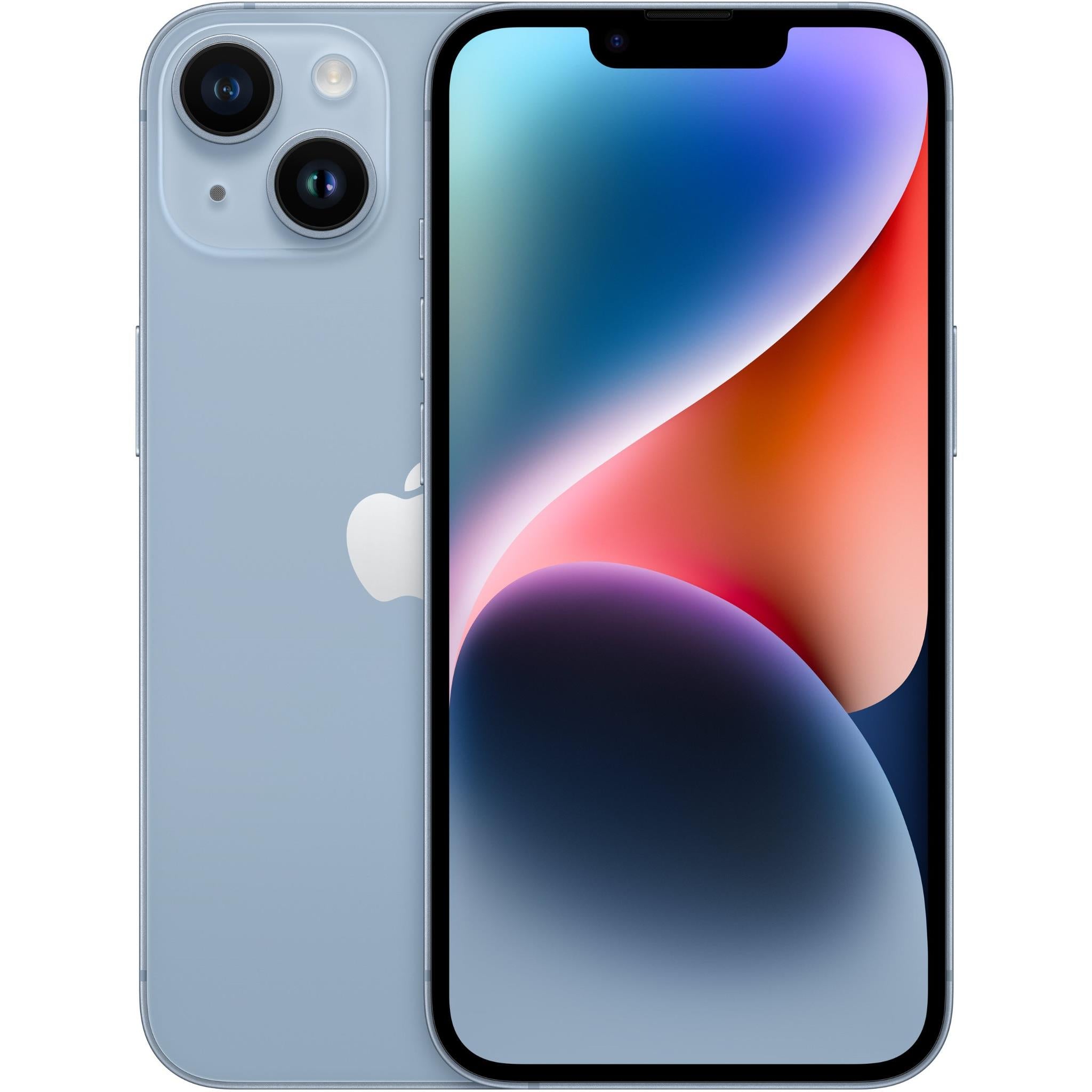
Chipset: A15 Bionic
Rear Cameras: 12 MP f/1.5 (main), 12 MP f/2.4 (ultrawide)
Storage: 128GB, 256GB, 512GB
While the iPhone SE is definitively Apple’s budget phone, its features may leave some wanting more. If you don’t have any qualms about using a model that’s a couple of years old, then the iPhone 14 makes for a stronger alternative.
While you won’t get features and performance found in the latest models of Apple’s flagship smartphone, the iPhone 14 is only two generations old, so it still has plenty going on under the hood. It has a bigger and brighter display, a dual-camera system (with night mode and Deep Fusion support), and a larger battery capacity. While it runs on the same A15 chip as the SE, the iPhone 14 has a slightly better GPU.
Compared to other phones in this price range, the cameras found on the iPhone 14 aren’t quite as good as what Samsung and Google have on offer — although that’s usually the case regardless.
If you’re already living in Apple’s walled garden and the iPhone SE is a bit too basic for your needs, the iPhone 14 is worth saving the extra money for.
If you found our list of the best smartphones under $1,000 helpful then check out some of our other tech buyer’s guides:
